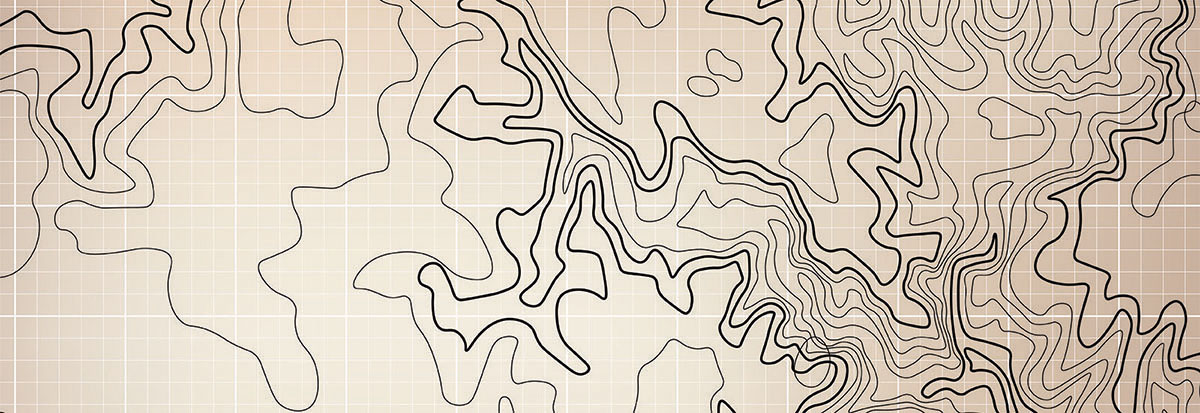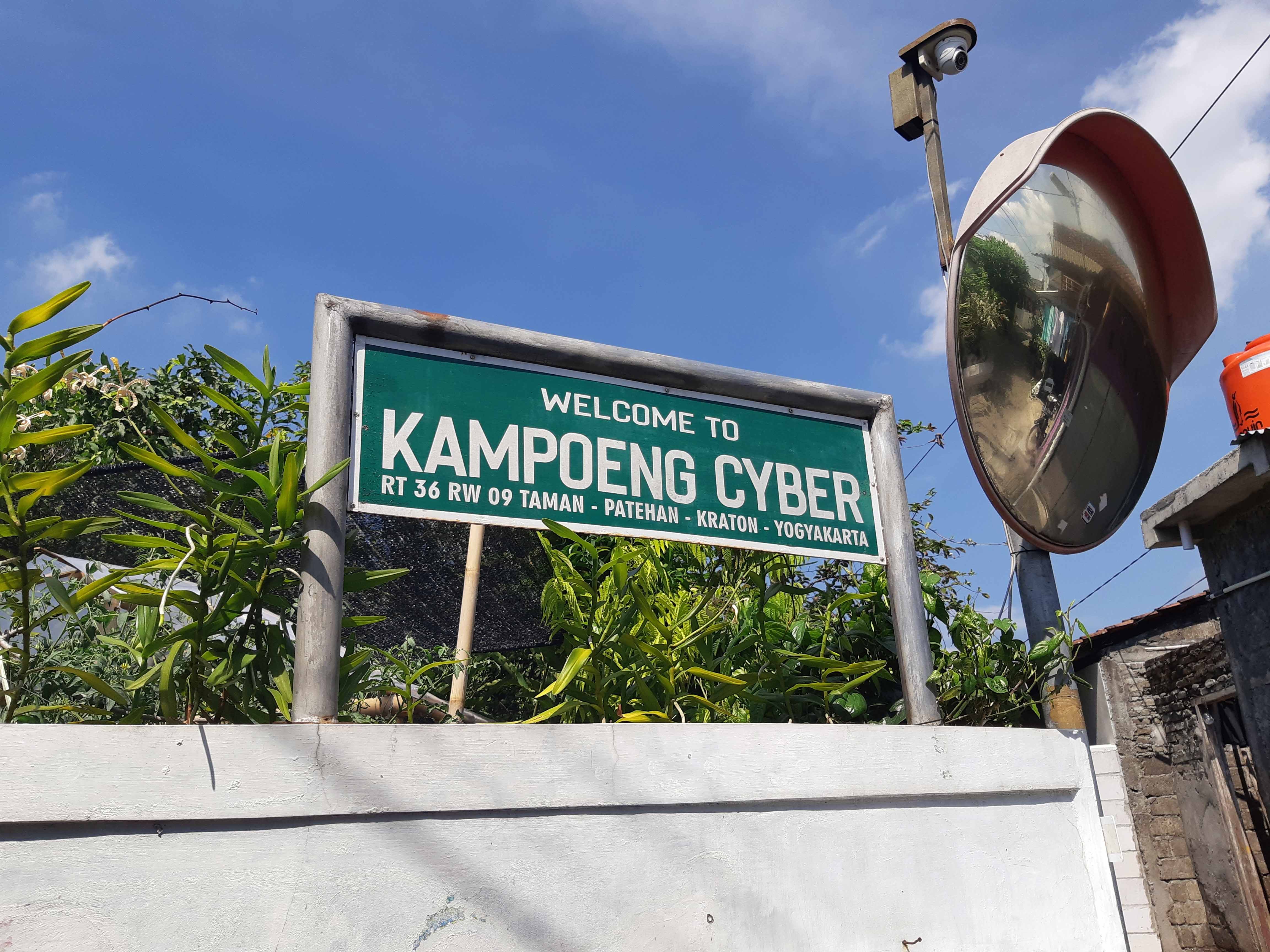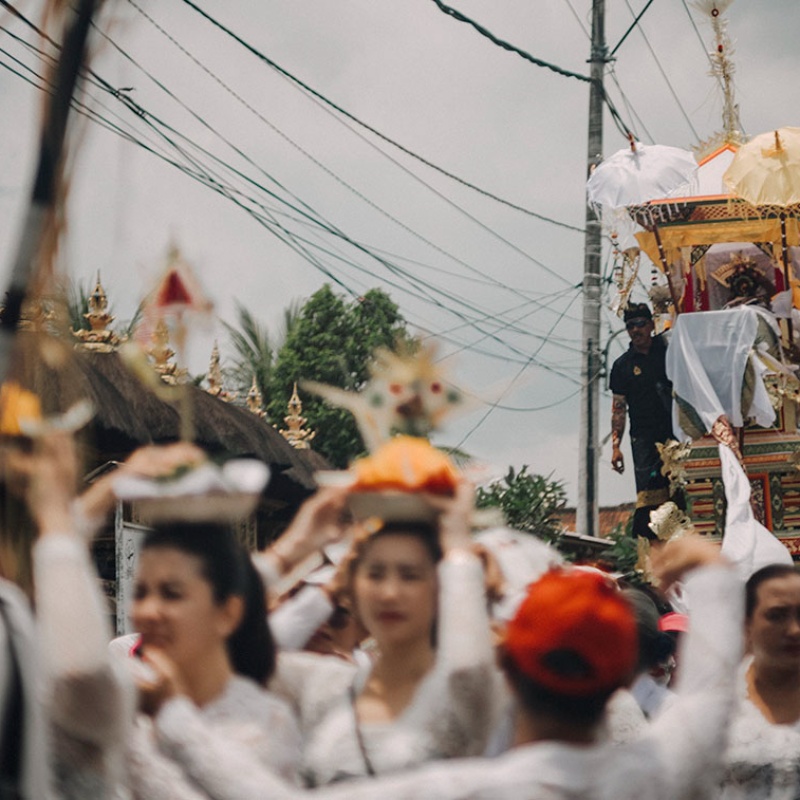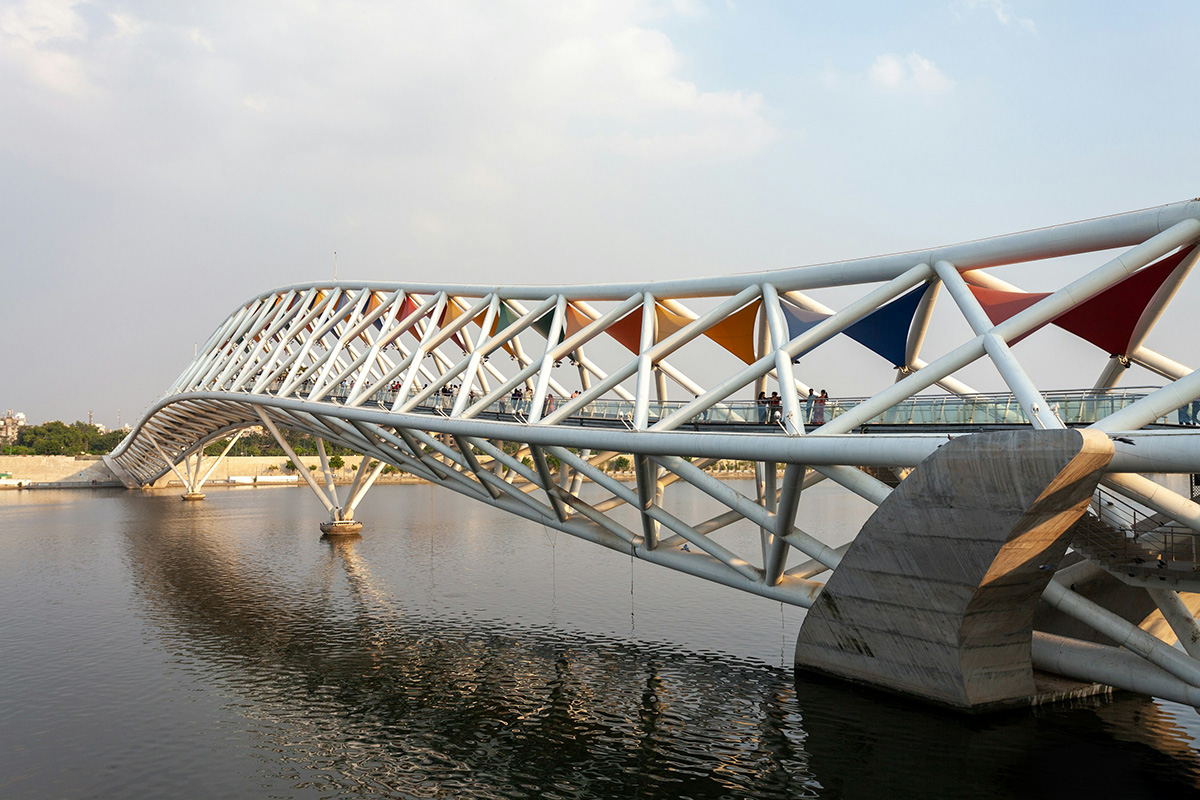Third space/place is a term one finds in various geographical or spatial theories, although the meanings differ. The most intuitive usage of the term comes from Ray Oldenburg, an American sociologist who called cafés, bookstores and grocery stores “third places” in 1989 to describe these social, public spaces that are neither office nor home which have both consumerist and community-building functions. What sets these third places apart from the Habermasian “public sphere” which are more based on print media and the press is the fact that their public function is more informal and incidental to their capitalist dimension. They are places more closely connected to everyday life, and maybe less ideological than the political debates featured in the public sphere as well. But – and this is Oldenburg’s theory – it is precisely because of these qualities that make these spaces more suitable for people to show their true selves and connect with people more freely, thereby approximating the democratic agora of ancient Athens.
“Third space” has long been the go-to term when people think of Homi Bhabha, who used it to describe the hybrid cultural spaces created by the intersection between colonial and native cultures. Hybridisation in these former colonies suspends the power differential between the coloniser and the colonised whose differences are blurred by the postcolonial hybrid. Edward W. Soja, known for his critical urban studies, expanded Bhabha’s notion and delineated three types of spaces in which human life unfolds: the Firstspace, which is the physical, practice space structured around human life, usually of interest for engineers, urban planners and traditional geographers; the Secondspace, as space represented and mentally mapped by the cognition and imagination of architects, artists and philosophers; and the Thirdspace, which for Soja represents the conjuncture of the two, a socially constructed space lived between the real and the imagined but shared by everyone.
The second follows the first and with the second comes the third. The Chinese writer Yan Lianke also used the term “third space” when he analyses the Latin American magical realism that so influenced his contemporaries. For Yan, the novelistic “third space” refers to the moments when the narrative suspends disbelief and where the distinction between what is real and what can only be imagined collapses, blurring the lines between myth and reality. It is the moment when people protected by magical powers can put their arms into a pot of boiling oil and come out unharmed, when a man wakes up to find himself transformed into a big bug, and when the great-grandmother could put on her own shroud after living for over a century. In the third space, absurdities like these need not be explained nor is there a rational explanation.
These third spaces or places emerge from different contexts, but none of them really refers to a physical, concrete place. Rather, they point to a zone of borderlands and convergences where ambiguities reign. They are marginal to other spaces of greater visibility, but as they also raise questions as to whether margins and boundaries are necessary to our understanding of space, they become sites where a certain kind of freedom – real or imagined, it doesn’t matter – can be practiced. These third spaces didn’t entirely break out of the existing constraints, but play on and linger with a moment when such constraints hesitate to become congealed and stabilised into a framework through which the world gets entirely explained to us. As these spaces disregard the inside and the outside, third spaces create more possibilities – its apparent exclusion by other “first” or “second” spaces is only an illusion that masks the reality that the third space is really the one accommodating these other spaces. It breaks out of the impossible and the imperceptible to realise that fleeting moment of magic. Freedom is a spatial experience.






